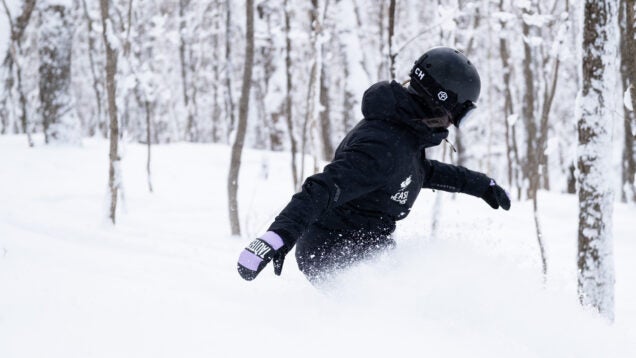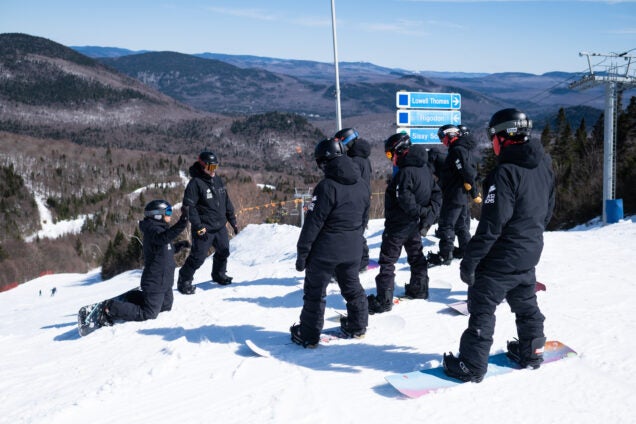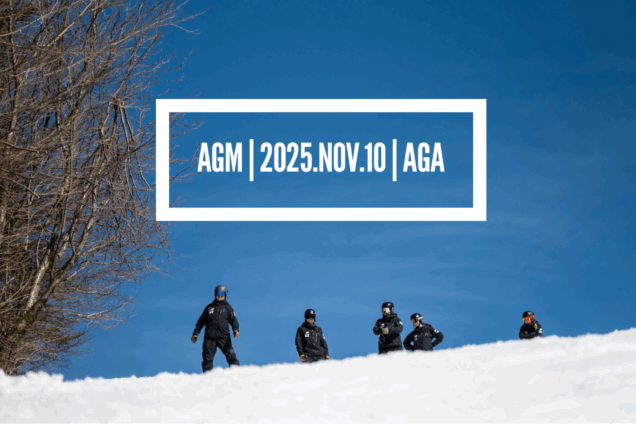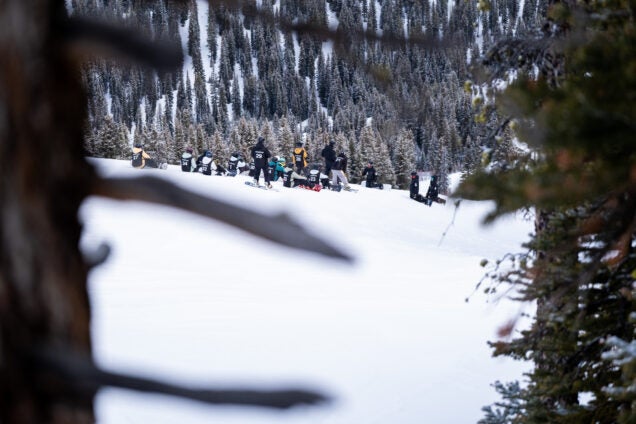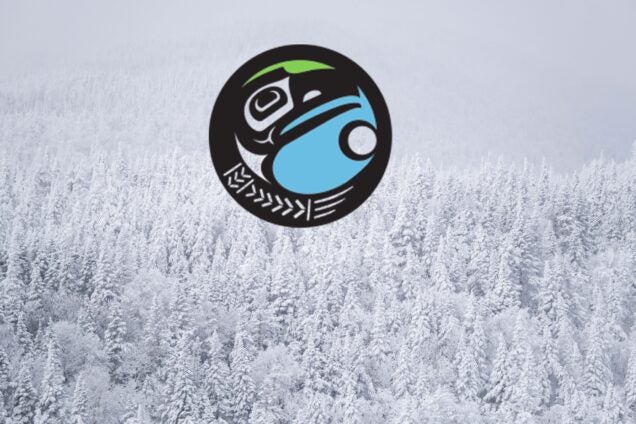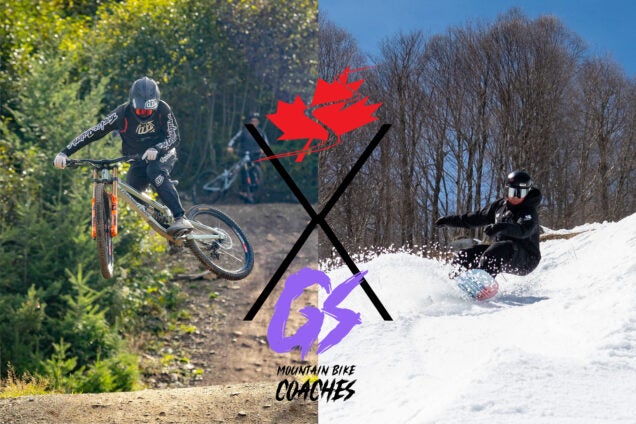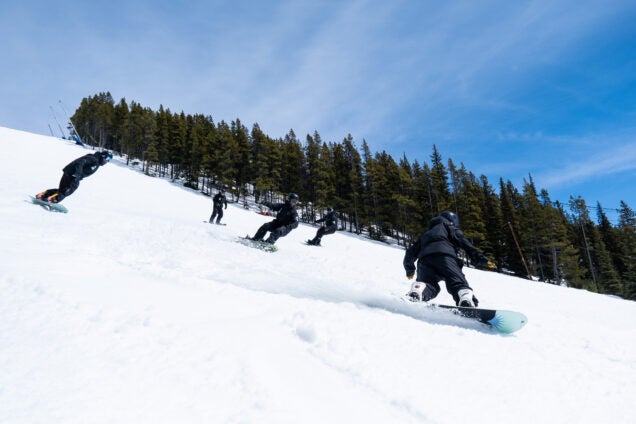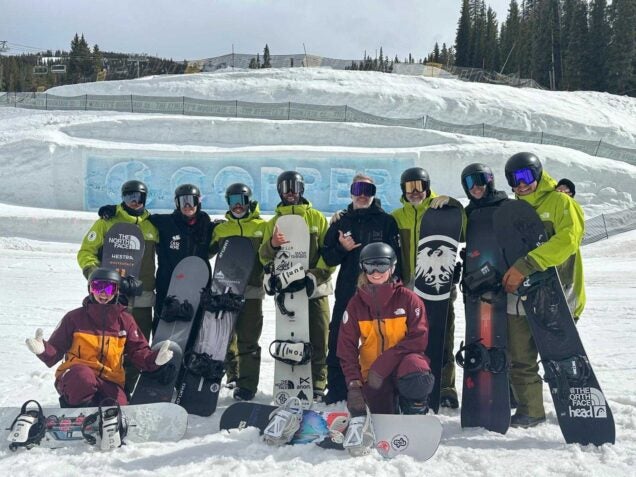Performance Camp
Get ready to elevate your riding, teaching, and overall skills! We are thrilled to announce a dynamic new addition to the CASI calendar: the CASI Performance Camps! NEW for 2026, the Performance Camps offer three dedicated days of intensive and lively training directed at your overall abilities as a snowboard instructor and rider. This is all…
